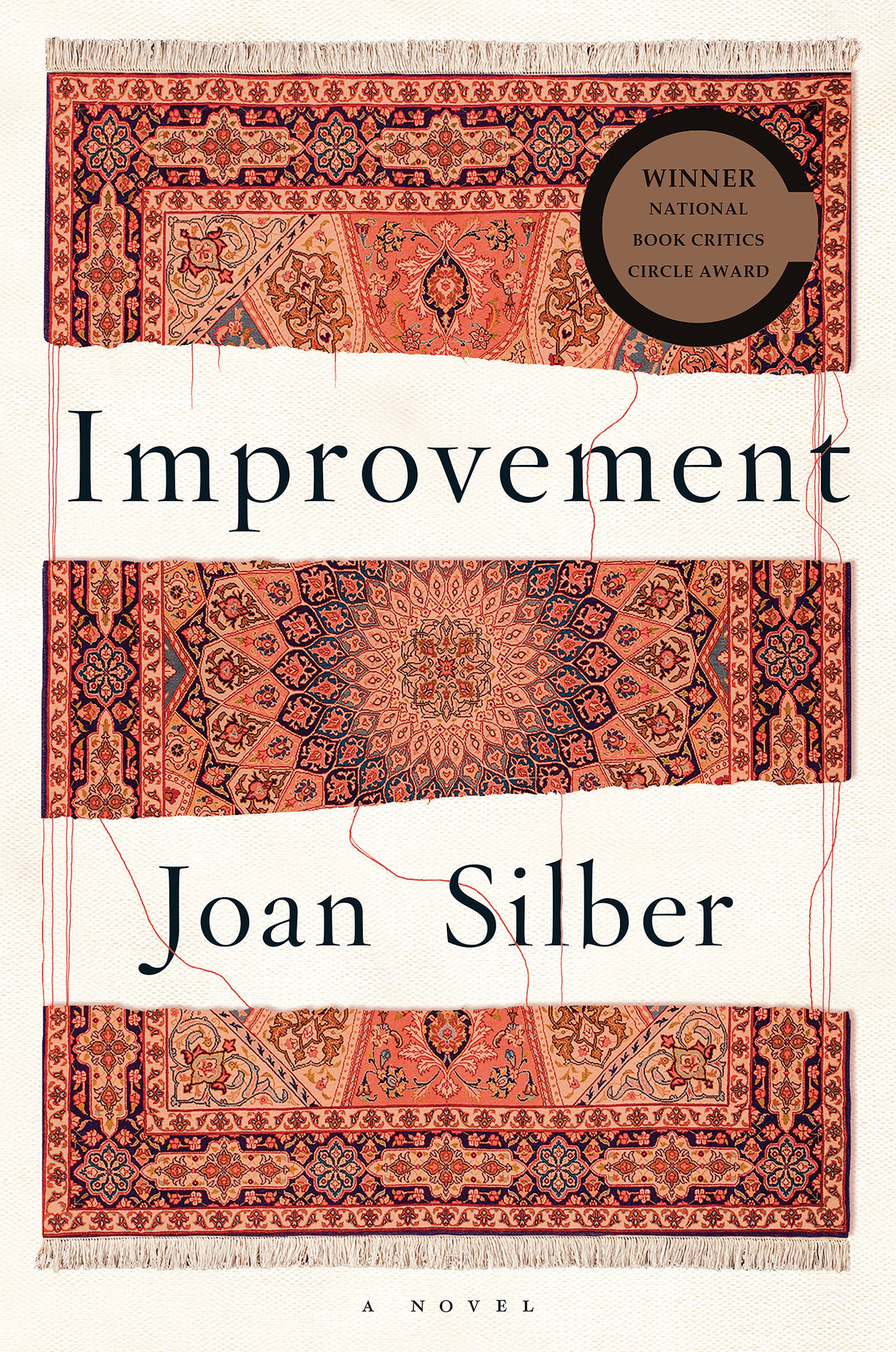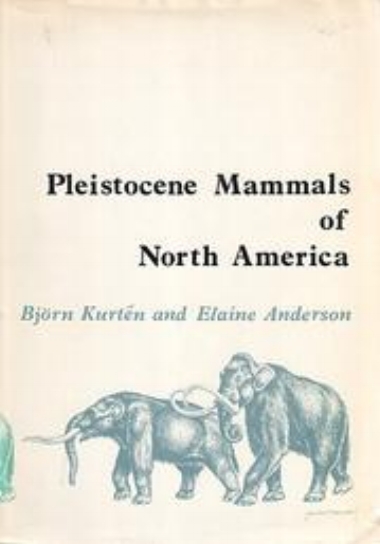Faculty Pick
Arctic Dreams: Imagination and Desire in a Northern Landscape by Barry Lopez
Richard Adams Carey - There are books that you enjoy and admire, and then books that you so enjoy and admire that you take them into your bones, and their phrases and themes become part of your own DNA as a writer and storyteller.
Such a book for me was Barry Lopez’s “Arctic Dreams: Imagination and Desire in a Northern Landscape.” Published in 1986, the work is a steaming broth of travel, history, folklore, ecology, and philosophy, its subject matter a part of the world as big as China, no more populous than Seattle, and as remote to most of us as the moon.
The impressions of European, Russian, and American explorers in the Arctic are quoted liberally, but Lopez—radically for that time—gave equal or greater weight to the oral histories and belief systems of the Inuit and Yupik peoples he moved among. He is particularly eloquent on what Western explorers called “the native eye,” that nearly occult sensitivity to the nuances of sky, water, landscape, and wildlife behavior that has been lost to Westerners since, more or less, the Agricultural Revolution.
Lopez’s knowledge of and respect for that other mode of being and this other-worldly geography was rocket fuel for me as I researched and wrote my first book, “Raven’s Children,” about the life and struggles of an Alaskan Yupik family. Lopez’s empathy for all things human, along with the grace and precision of his language, inspire me to this day.










